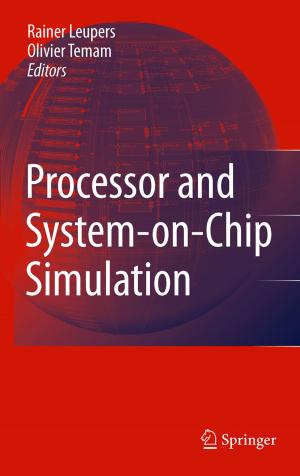Introduction to Nonlinear Finite Element Analysis
Nonfiction, Science & Nature, Science, Physics, Mechanics, Technology, Engineering, Mechanical| Author: | Nam-Ho Kim | ISBN: | 9781441917461 |
| Publisher: | Springer US | Publication: | November 21, 2014 |
| Imprint: | Springer | Language: | English |
| Author: | Nam-Ho Kim |
| ISBN: | 9781441917461 |
| Publisher: | Springer US |
| Publication: | November 21, 2014 |
| Imprint: | Springer |
| Language: | English |
This book introduces the key concepts of nonlinear finite element analysis procedures. The book explains the fundamental theories of the field and provides instructions on how to apply the concepts to solving practical engineering problems. Instead of covering many nonlinear problems, the book focuses on three representative problems: nonlinear elasticity, elastoplasticity, and contact problems. The book is written independent of any particular software, but tutorials and examples using four commercial programs are included as appendices: ANSYS, NASTRAN, ABAQUS, and MATLAB. In particular, the MATLAB program includes all source codes so that students can develop their own material models, or different algorithms. Please visit the author's website for supplemental material, including PowerPoint presentations and MATLAB codes, at http://www2.mae.ufl.edu/nkim/INFEM/
This book introduces the key concepts of nonlinear finite element analysis procedures. The book explains the fundamental theories of the field and provides instructions on how to apply the concepts to solving practical engineering problems. Instead of covering many nonlinear problems, the book focuses on three representative problems: nonlinear elasticity, elastoplasticity, and contact problems. The book is written independent of any particular software, but tutorials and examples using four commercial programs are included as appendices: ANSYS, NASTRAN, ABAQUS, and MATLAB. In particular, the MATLAB program includes all source codes so that students can develop their own material models, or different algorithms. Please visit the author's website for supplemental material, including PowerPoint presentations and MATLAB codes, at http://www2.mae.ufl.edu/nkim/INFEM/















